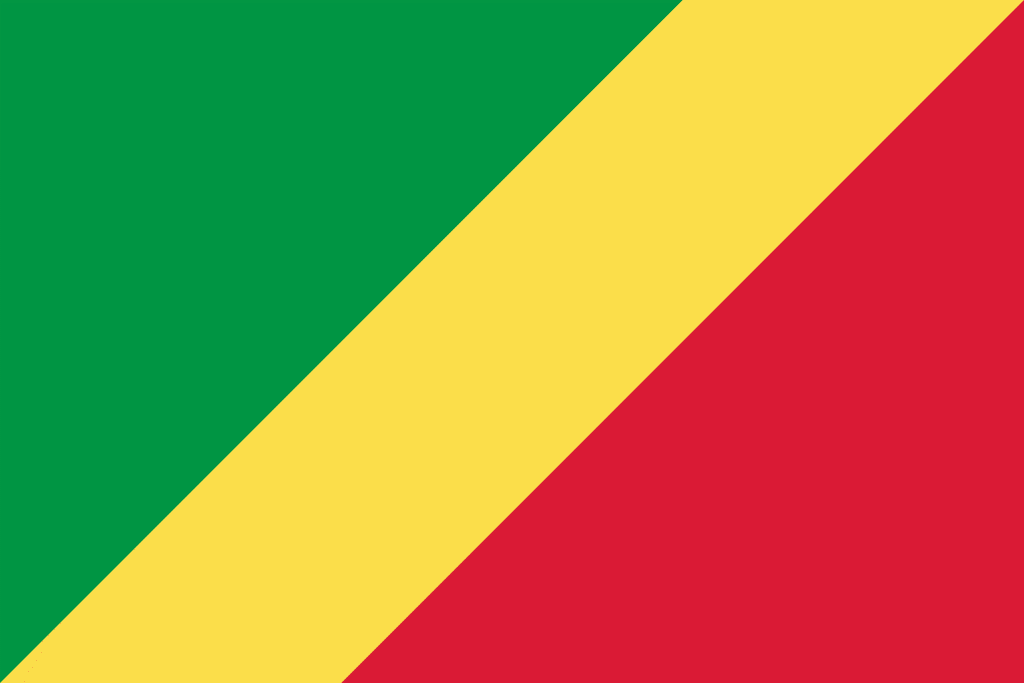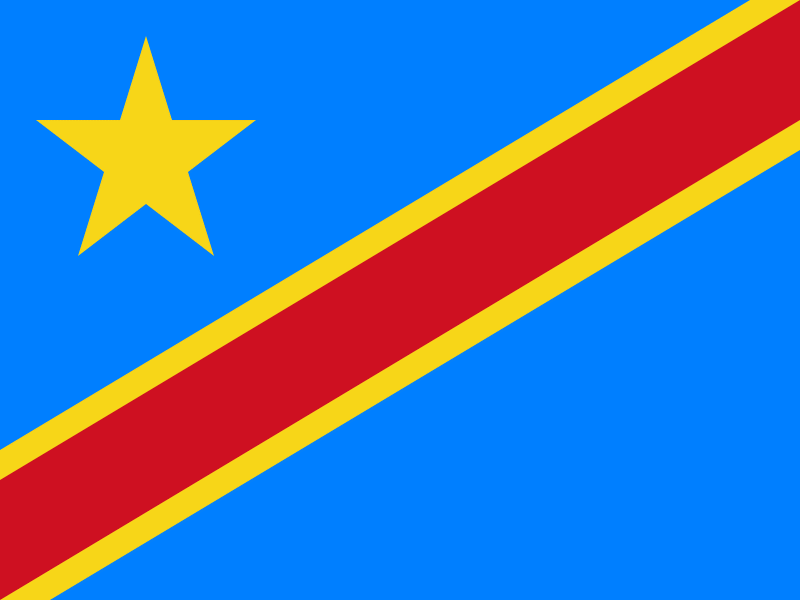If you look at a map of Africa, you’ll notice at the heart of the continent there are two Congo countries, The Democratic Republic of the Congo (DRC) with the capital city Kinshasa, and The Republic of the Congo often referred to as Congo – Brazzaville, the latter being the capital city.
A vast region with lush forests, vigorous rivers and plentiful natural resources, including timber, gold, diamonds, cobalt, uranium, copper and many more. Although blessed with many natural resources the region has been plagued by greed and violence.
The European conquest between France and The King of Belgium divided the Congo Basin into two areas for their own interests and imperial ambitions. Borders were created along the Congo River by external powers dividing the Congolese people who shared the same culture, language and heritage.
With the end of European empires and the decolonisation of Africa, these borders remained after independence, therefore creating two separate states, one being the Democratic Republic of the Congo (DRC) and the other being The Republic of the Congo.
The two European colonies were named after the River Congo which was named after the African kingdom of Kongo.
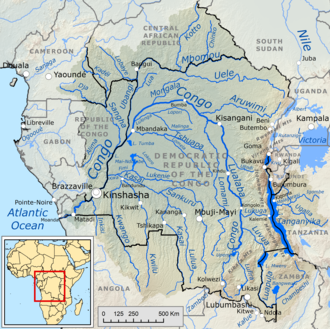
The Scramble for Africa – The Rape of Africa – The Conquest of Africa – The Partition of Africa – (1881 -1914)
The scramble for Africa refers to the period between 1881 and 1914 when seven major European powers persued the conquest, annexation, division, and colonisation of the African continent. As of 1870 only 10 percent of Africa was under European colonial rule; however by 1914 borders were drawn up across almost 90 percent of the continent.
Ultimately a group of powerful white European men decided to carve up/partition the African continent amongst themselves diplomatically. This prevented conflict between the European powers and continued their desire for imperial expansion.
Historians indicate that The Berlin Conference in 1884, which regulated European colonisation and trade in Africa, is widely accepted as the beginning of the scramble for Africa.
Many atrocities took place under European rule in Africa during this period, as informal imperialism was slowly taken over by military influence and economic dominance ultimately leading to direct rule in the later years of the 19th century.
The wounds and division of this beautiful continent are still present today with ongoing conflicts and plunder for resources by foreign powers.
European Interests in Africa – The Beginning
Even by 1840 onwards vast parts of the continent were uninhabited by Europeans. Initially European businessmen established small trading posts on the coasts of Africa and traded with locals. Tropical diseases such as malaria caused high mortality rates and prevented them from exploring inland. The death toll was so great that the term “white man’s grave” was often used.
However, advances in medicine lead to the development of quinine, which is used to treat malaria, and largely contributed to the colonisation of Africa by Europeans.
Industrialisation also played a pivotal role for expansionism from transport to communication such as steamships, railways, and telegraphs; it led European explorers deeper into the African heart land.
Explorations and Colonisation of Congo – Brazza and Stanley Explorations
There were powerful Europeans exploring and trading within Africa. The two major powers at play for the Congo were the French and Belgians. Although there was a third Congo colonised by the Portuguese, The Kingdom of Kongo, they only controlled the area which is the present day Angola.
Pierre Savorgnan de Brazza was an Italian-French explorer who helped France map out territory in the Congo basin. He was often described as friendly, charming and peaceful, particularly towards the Africans. However, it has been argued that Brazza was deceitful and used armed violence against the local population.
His legacy lives on in the Congo; The French Congo capital was named after him despite independence, the Republic of the Congo retains the name Brazzaville.
Henry Morton Stanley was a Welsh-American who was famous for exploring central Africa and also for his search for explorer David Livingstone. Stanley was a journalist, soldier, colonial administrator, author and a politician – a man of many talents.
He worked as an agent for King Leopold II which enabled him to occupy vast regions of the Congo Basin – this seriously damaged Stanley’s reputation for aiding the creation of the Congo Free State.
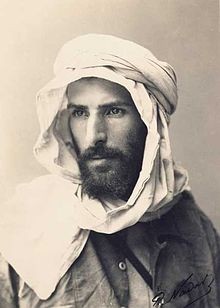
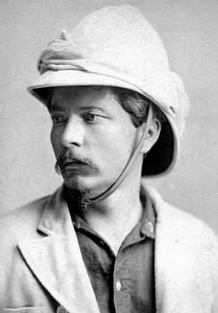
Leopold II of Belgium– Resources for Violence – Ivory and Rubber
Although many African countries have come to terms with the past history of exploitations and colonisation, The DRC hasn’t. In fact, it is far from it.
Both the French and Belgium colonisers in the Congo region caused horrific atrocities and plundered massive quantities of resources. However, there is one person who still haunts many in the region – King Leopold II.
The Congo Free State, present-day Democratic Republic of the Congo was the personal property of Leopold II, which is almost 80 times the size of Belgium. He obtained the region at the Berlin Conference on the pretence of humanitarian purposes, to civilise and spread Christianity to those “poor godless souls”. More importantly, to trade the resources and riches of the Congo in the international markets.
Initially ivory was Leopold II’s source of wealth from the Congo. With increasing popularity of cars and bicycles, rubber was sought after in huge demand for production of tyres. Leopold II used Force Publique – mercenaries for forced labour on the indigenous Congolese to collect rubber. If quotas were not met, workers’ family members would lose their right hand – this is a dark, sensitive subject which deserves its own article.
This was not unnoticed by other European colonisers and diplomatic pressure was exerted on Belgium to take control of the Leopold II’s personal possession of the Congo Free State. It is estimated that around 10 million people were mutilated and lost their lives during king Leopold II’s administration of The Congo Free State from 1885-1908. From 1908 until independence, The Congo Free State was called The Belgian Congo.
The Decolonisation of Africa – Two independent Congos
With both World Wars many Africans were conscripted and volunteered to fight for their European colonisers for the freedom of Europe. They fought in Europe and Asia which allowed native African soldiers to gain a wider perspective of political awareness in foreign affairs and expectations for greater respect. The question these soldiers asked was why foreign powers were in control of their homeland.
The impact of both world wars and the financial strains on the European countries led their governments to make radical changes in Africa from colonial rule to transitions to independent states.
The Belgian colony, the Belgian Congo gained its independence on 30th June 1960. This was followed by The French Congo which gained its independence from France on 14th August 1960 and became the Republic of the Congo.
It was the river Congo named after the African kingdom of Kongo, which led European colonisers naming both countries Congo.
